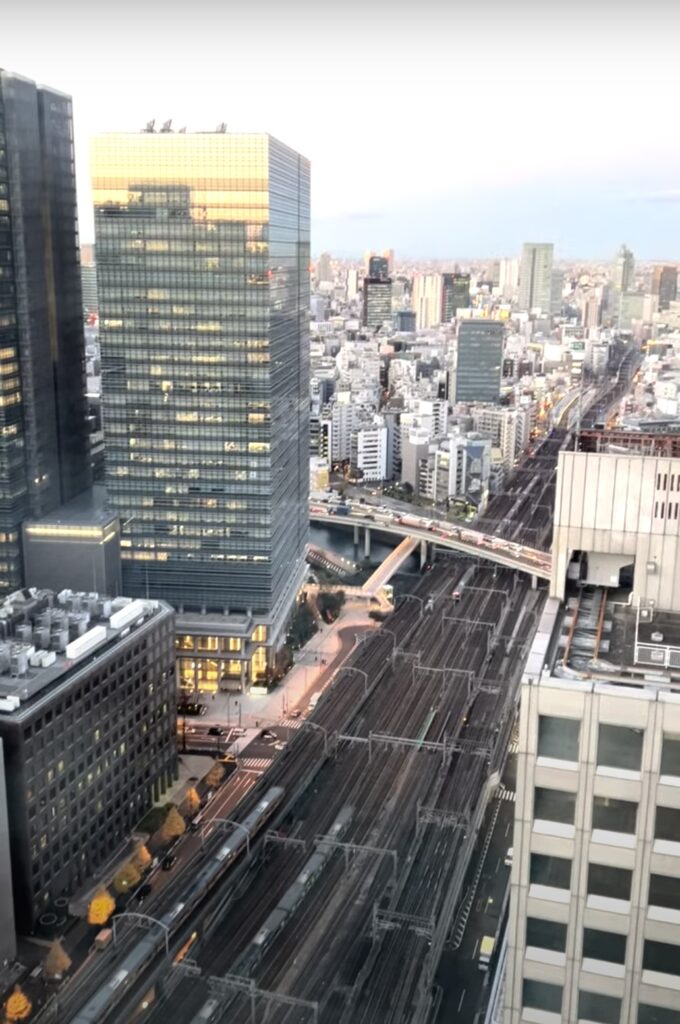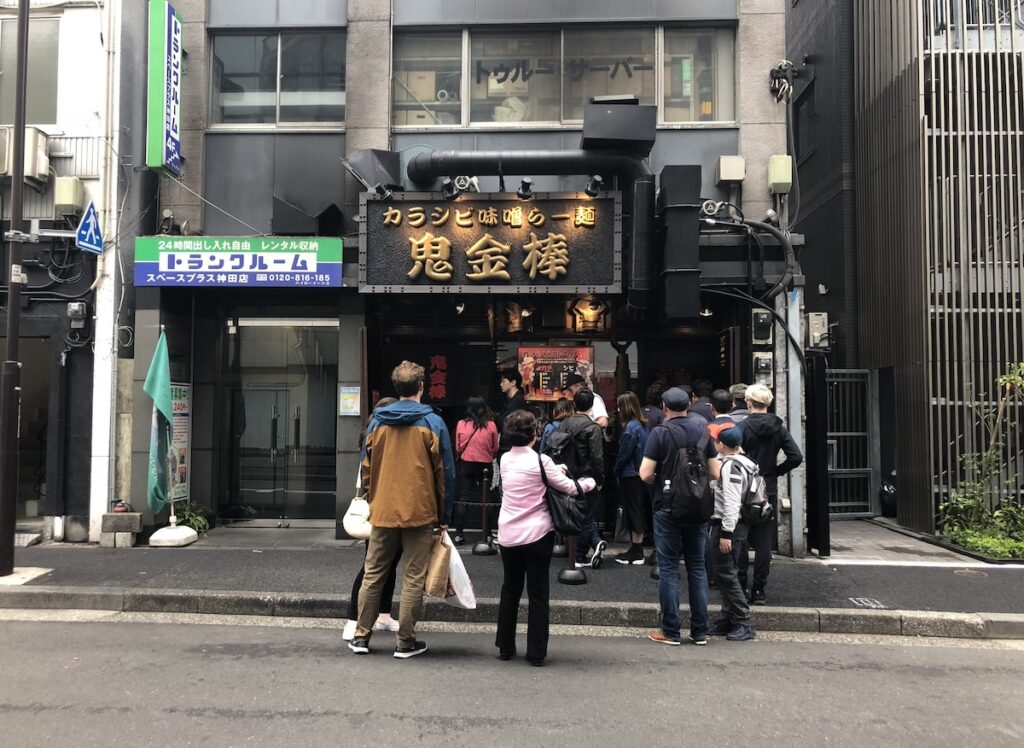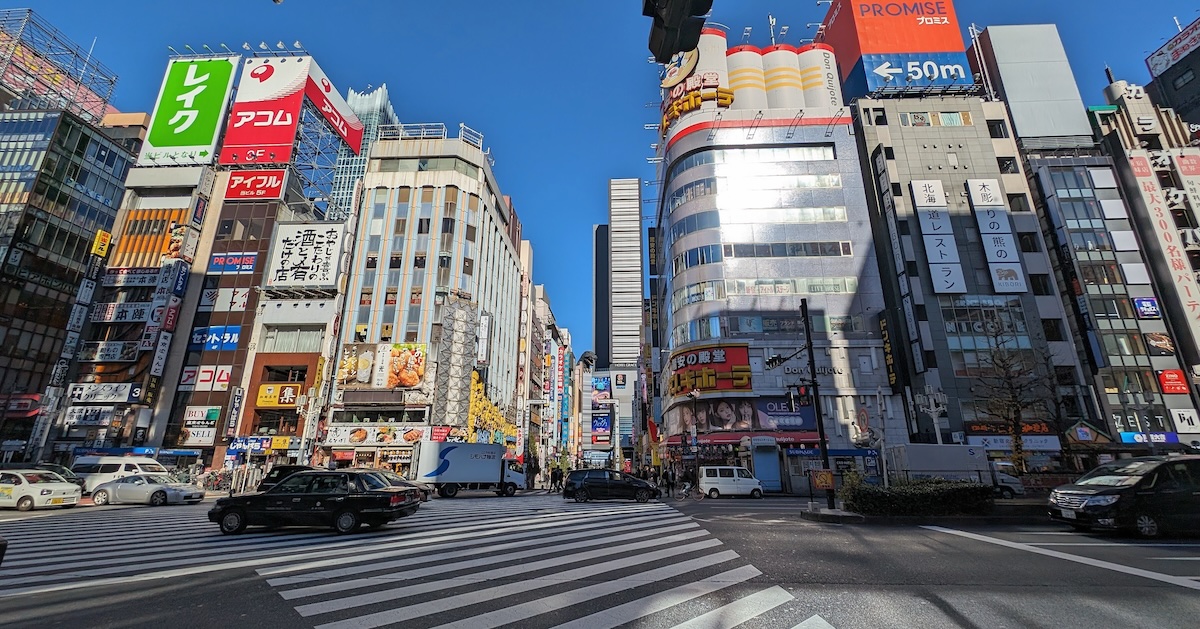Planning a trip to Japan? Let me be your local friend and share the insider tips of traveling Japan that I’ve picked up over the years. Whether it’s knowing how to avoid lugging heavy bags through crowded stations, mastering the art of efficient shopping, or how to best enjoy sightseeing in Japan, these practical tips will help you travel like a pro.
- What are the small but essential things that can make a big difference as you navigate the busy streets and narrow alleys of Japan?
- Stay at Hotels Near Major Train Stations
- Send Your Luggage Ahead with Ease
- Use Google Maps, but Validate Information
- Expect Lines—and Embrace Them
- Comfort Over Style: Wear Your Best Walking Shoes
- Make the Most of Japan’s Shopping Culture
What are the small but essential things that can make a big difference as you navigate the busy streets and narrow alleys of Japan?
Stay at Hotels Near Major Train Stations

If you’re planning to visit multiple cities—like Tokyo, Osaka, or Kyoto—choosing accommodations near the main train station can save your trip. For instance, these cities even offer hotels inside or adjacent to their main stations, such as the Tokyo Station Hotel or the Hotel Granvia in Kyoto. Why does this matter? Let me explain.
When you arrive in a new city, the last thing you want is to figure out how to drag your luggage across town. Staying close to the station makes it easy to drop off your bags, freshen up, and head straight into exploration mode. It also saves you the hassle of navigating local transit or taxis to get to your hotel.
But there’s more to it. Being near the station means you’re perfectly positioned to catch your next Shinkansen (bullet train) with minimal stress. Plus, train stations in Japan are more than transit hubs—they’re mini cities with department stores, restaurants, and even souvenir shops. It’s incredibly convenient, especially if you’re on a tight schedule.
Pro tip: If you’re booking a hotel that’s farther from the station, research how to get there in advance. Will you need to hop on a local bus or taxi? Factor in the time and cost, as this can add up quickly.
Send Your Luggage Ahead with Ease
One of Japan’s best innovations is its efficient and affordable luggage delivery service, known as “Takkyubin”. Companies like Kuroneko Yamato make it easy to send your bags from one destination to another, whether it’s between hotels or from the airport to your accommodation. This can be a real game-changer for travelers like me who prefer to travel light.
Here’s how it works:
- Drop off your luggage at your hotel’s front desk or a convenience store like 7-Eleven or Lawson. At the airport, you’ll find package delivery stands near departure and arrival floors.
- Provide the delivery address and phone number of your next hotel or a specified location—and let them handle the rest.
- Your bags will usually arrive the next day depending on the distance, allowing you to travel to your next destination hands-free.
The cost? Surprisingly affordable—around ¥2,000 to ¥3,000 ($15 to $25) for a large suitcase, depending on the distance.
Why it matters: Japan’s public transportation system, while excellent, isn’t always luggage-friendly. Many stations lack escalators or elevators, and navigating crowded platforms with heavy bags can be exhausting. With Takkyubin, you can skip the stress and enjoy your journey without the extra weight—literally.
Use Google Maps, but Validate Information
Google Maps is a fantastic tool for getting around Japan. It’s my go-to for finding the best train routes, walking directions, and even estimating travel times by car. However, it’s not always perfect. Here’s what you need to watch out for:
- Business hours: Google may show outdated hours of operation for some businesses. Restaurants, shops, and attractions may have changed their schedules or even closed permanently.
- Accuracy of information: Double-check key details on the official website or social media pages (Instagram is big in Japan!). If the location is far, call ahead to confirm they’re open. This small step can save you from disappointment.
Also, remember that many stores, especially smaller ones, don’t open until late morning—typically around 11 a.m. or later. If you’re an early riser like me, consider planning your mornings around activities like visiting shrines, exploring public parks, or grabbing breakfast at a convenience store.
Expect Lines—and Embrace Them

One thing you’ll quickly notice in Japan is how common it is to wait in line. Whether it’s for a ramen shop, a popular dessert café, or a limited-edition item, the Japanese are pros at queuing patiently. And yes, sometimes these lines stretch around the block!
While this might seem daunting, it’s part of the cultural experience. Locals respect the order, and the staff ensures everyone gets their turn. The key is to plan ahead and decide if the wait time fits into your schedule.
For popular attractions and amusement parks, most places offer tickets or reservations that can be booked in advance. If you’re eyeing a particularly popular destination, check if you can secure your spot online in advance.
Comfort Over Style: Wear Your Best Walking Shoes
I used to prioritize looking nice for those memorable travel photos but after a few trips to Japan, I learned the hard way that comfort is far more important. Why? Because you’ll be walking—a lot.
Most travelers rely heavily on public transportation, which means you’re often on your feet navigating stations, exploring neighborhoods, and strolling through markets or parks all day long. It’s not uncommon to log 20,000 steps in a single day. Returning to your hotel at the end of the day with tired feet and sore legs is inevitable if you’re not prepared.
My advice: Invest in high-quality walking shoes or sneakers that offer plenty of support. Pair them with weather appropriate clothing and a small compact daypack for a more comfortable travel experience. Trust me, your feet will thank you!
Make the Most of Japan’s Shopping Culture

Shopping in Japan is more than just a pastime—it’s a cultural experience. From unique souvenirs to high-quality everyday items, you’ll find treasures everywhere you go. Here’s how to shop smart:
- Leave time for spontaneous finds: Japan loves gift shops, and you’ll stumble across them in unexpected places like train stations, temples, and museums. Don’t rush—some of the best finds are unplanned.
- Use coin lockers: Don’t carry your purchases all day. Most train stations have coin lockers where you can safely store your shopping bags for less than ¥500 (~$3.50).
- Bring your passport: Japan offers tax-free shopping for tourists at many stores, including department stores, drugstores, and even Uniqlo. Simply show your passport at checkout to save money—no need to worry about claiming a refund later.
Traveling in Japan is an unforgettable experience, and these tips can help you navigate like a local. Whether it’s sending your luggage ahead, embracing the art of queuing, or ensuring you are wearing your sturdy walking shoes, these small details can make a big difference in your trip.
What are your go-to travel tips for Japan? Have you tried any of these suggestions? Share your thoughts in the comments below—I’d love to hear from you! And if you’re planning your first trip, I hope these tips help you. Thank you for reading!
